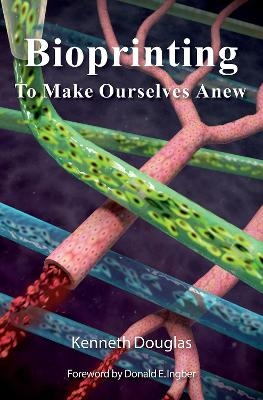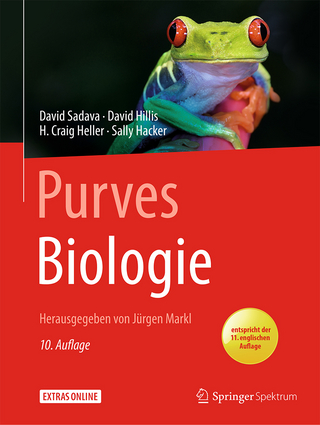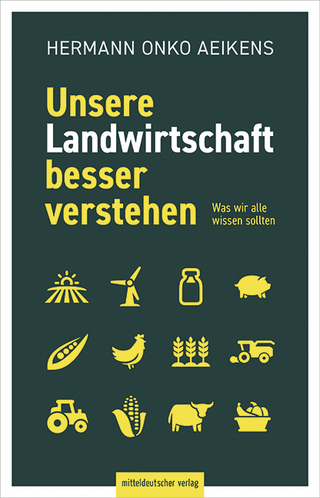
Bioprinting
Oxford University Press Inc (Verlag)
978-0-19-094354-7 (ISBN)
Of the 121,000 people on donor lists in the U.S., over 100,000 need kidney transplants and thousands die each year while waiting. Bioprinting aspires to build healthy kidney tissue from a patient's own cells and transplant this to boost failing kidneys without fear of rejection...
As the 21st century dawned, a handful of inspired scientists tried to use 3D printing to create living human tissue. Their vision was to restore the health of people with intractable injuries, such as worn out cartilage, severed nerves, ailing kidneys, failing hearts—the gamut of human frailties. Their modest success energized others to join the quest. Now, after two decades of ingenious effort and hard work, they have carved out a vibrant new discipline: bioprinting.
In Bioprinting: To Make Ourselves Anew, physicist Kenneth Douglas casts an eye over the achievements and future of bioprinting. He explains the science with rigor but with a minimum of technical baggage. This is the first book on the subject written expressly for the lay audience: accessible and even entertaining. Douglas interviewed two dozen bioprinting researchers from around the world, and he enriches the narrative by sharing stories from the scientists behind the science. These contemporary vignettes are complemented by historical accounts of the women and men whose prescient contributions were foundational to the development of bioprinting.
The book describes the challenges and accomplishments in the bioprinting of blood vessels, cartilage, skin, bone, skeletal muscle, neuromuscular junctions, liver, heart, lung, kidney, and so-called organs-on-a-chip, as well as the challenges of providing a blood supply and nerves to bioprinted tissues. This is a compelling tale of a work in progress: to imitate nature and help heal people with debilitating afflictions.
Kenneth Douglas is a research faculty member in the Department of Physics at the University of Colorado Boulder. He earned a BA in mathematics and an MS in physics at the University of Chicago and a PhD in physics at the University of Colorado Boulder. Douglas' laboratory created the strategy of employing the surface layers of bacterial extremophiles as biomolecular masks to generate ordered nanostructured materials. His first book was DNA Nanoscience: From Prebiotic Origins to Emerging Nanotechnology (2017).
Foreword, by Donald E. Ingber
Preface
Acknowledgments
Introduction: Frailty, Thy Name is Human
Chapter 1: Printing Paradigms
Chapter 2: All About Cells
Chapter 3: Bioprinted CartilageDLThe Dream and the Devilish Details
Chapter 4: VascularizationDLGetting Blood from Here to There, Everywhere
Chapter 5: InnervationDLThe Body's Internet
Chapter 6: Skin and BonesDLand Muscle Too
Chapter 7: The LiverDLRegenerative Tissue That Can Almost Bioprint Itself
Chapter 8: The HeartDLCardiac Patches, Calcium, and Contraction Forces
Chapter 9: Organs-on-a-ChipDLTissues for Testing
Chapter 10: The KidneyDLThe Ne Plus Ultra of Filters
Chapter 11: What's in the Offing?
Epilogue
Glossary
Index
| Erscheinungsdatum | 02.06.2021 |
|---|---|
| Verlagsort | New York |
| Sprache | englisch |
| Maße | 236 x 157 mm |
| Gewicht | 680 g |
| Themenwelt | Naturwissenschaften ► Biologie |
| Technik ► Umwelttechnik / Biotechnologie | |
| ISBN-10 | 0-19-094354-8 / 0190943548 |
| ISBN-13 | 978-0-19-094354-7 / 9780190943547 |
| Zustand | Neuware |
| Haben Sie eine Frage zum Produkt? |
aus dem Bereich


